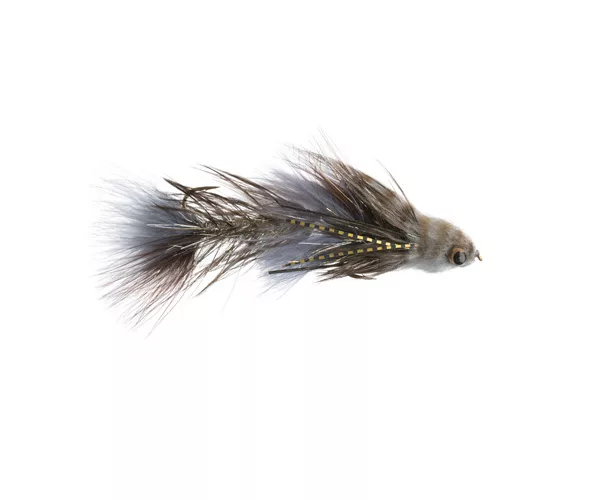Bighorn River Fishing Report
Date: 12/12/2025
Posted by: Toby SwankCurrent Conditions
The Bighorn River has been fishing well and remains one of the better winter options right now. The river is open, clear, and easy to fish through the middle of the day.
Most anglers have been nymphing. Scuds, sowbugs, zebra midges, and small perdigons have all been working. A 9-foot fluorocarbon leader of 4X is plenty for most water. Getting the flies down where the fish are holding has mattered more than changing patterns.
Fish have been sitting in the deeper water and haven’t been moving much. If you find depth and take your time, you’ll usually find fish. Shallow water hasn’t been worth much attention.
Streamers have picked up a few fish on the warmer afternoons. Smaller leech or sculpin-style flies have been the better choice. It’s not something to rely on, but it’s worth trying if conditions line up.
There hasn’t been much happening on top. Midges are around, but rising fish have been limited.
Overall, the Big Horn River has been fishing well for December and is a solid choice if you’re looking for consistent winter fishing.
Additional Resources:
- Bighorn River Fly Fishing In Winter
- Bozeman Fly Fishing In Winter
Stream Flows
Flows
Recommended Flies

Tailwater Sowbug

Sparkle Minnow

Skiddish Smolt

Gray Gonga

Black Lite Brite Perdigon

Black Zebra Midge

Orange Scud

Tungsten Tailwater Sowbug
Bighorn River Fly Fishing
The Bighorn River, emerging from the base of Afterbay Dam near Fort Smith, Montana, is one of the state’s premier tailwater fisheries. Fed by cold, consistent flows from Yellowtail Dam, the river offers exceptional fly fishing opportunities across the first 35 miles—especially between the Afterbay and Bighorn Fishing Access Sites.
The most popular stretch is the 10-mile float from 3-Mile to Bighorn Access. Here, anglers find productive seams, riffles, and side channels that are ideal for both floating and wade fishing. Dry fly action peaks during PMD and BWO hatches, while nymphing remains effective year-round.
Crowds are common from spring through early fall, particularly in the first three miles below the dam and at the 3-Mile fishing access site. This easily wadeable section includes legendary runs like the Breakfast Hole and Hot-Dog Run, where trout stack up in knee-deep gravel-bottomed riffles.
Further downstream, fishing pressure decreases and trout numbers taper off, but float anglers willing to explore these more remote stretches will find reprieve from the crowds.. Late summer and fall can be tricky due to aquatic vegetation and irrigation returns.
Whether you're casting dries, drifting nymphs, or stripping streamers, the Bighorn delivers consistent action for wild brown and rainbow trout—making it a must-visit for serious fly anglers in Montana.
Additional Bighorn River Fly Fishing Resources
Montana River Shuttles
Post Date: 03/29/2025
River shuttle services are an integral part of the Montana fly fishing scene as floating these legendary western rivers is the standard way to fish and experience them. Be sure...
Learn MoreMontana Fly Fishing Trip Photo Galleries
Post Date: 03/29/2025
Get a glimpse into a day of guided fly fishing in Montana from the viewpoint of the guides and guests with Bozeman fly fishing outfitter, Fins and Feathers Guide Service...
Learn MoreWhy Choose Us?
Post Date: 03/29/2025
Fins and Feathers Guide Service has been operating as a Montana fly fishing outfitter for 25 years! Our passion for fly fishing, on-the-water experience, and area of operation enables us...
Learn More



